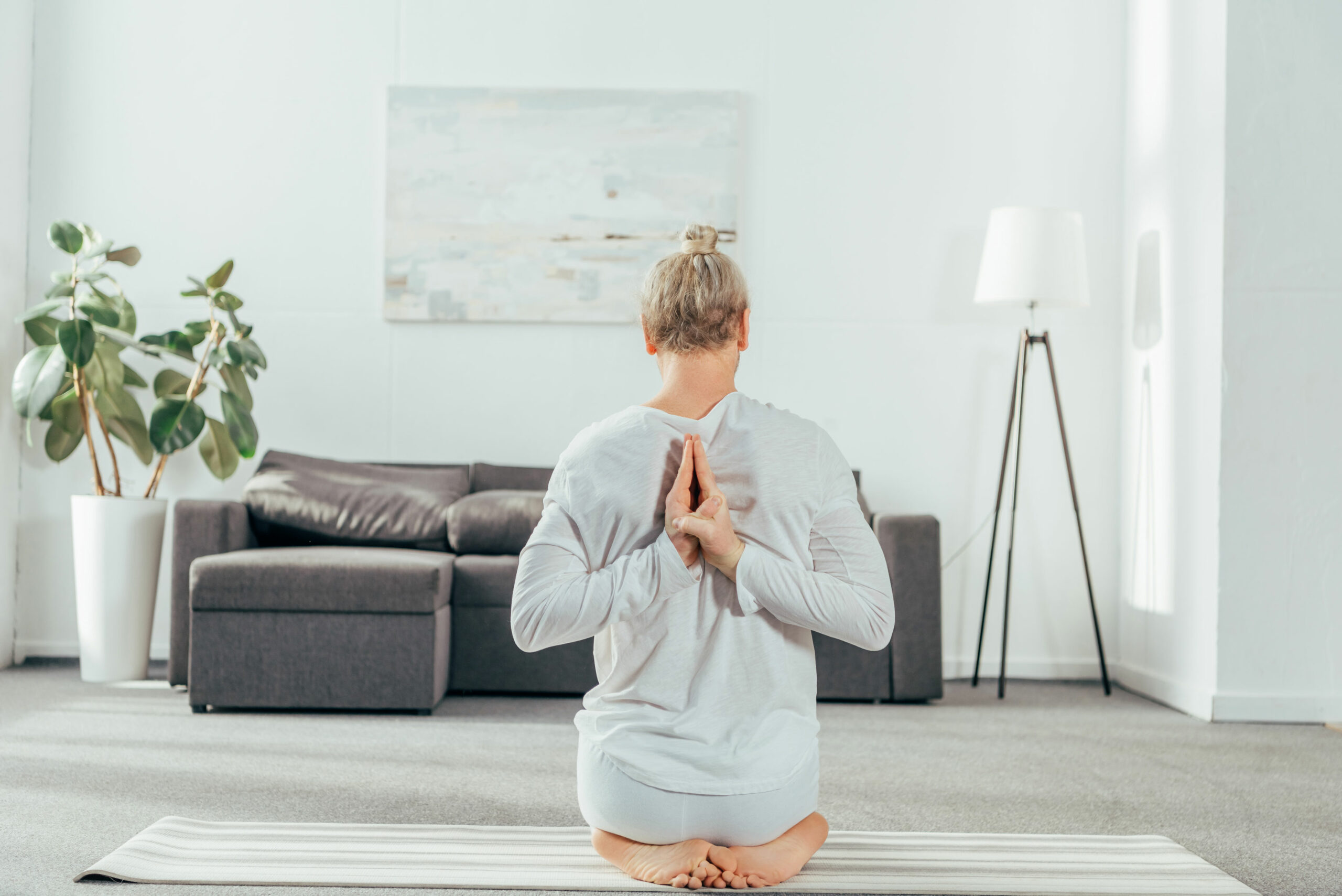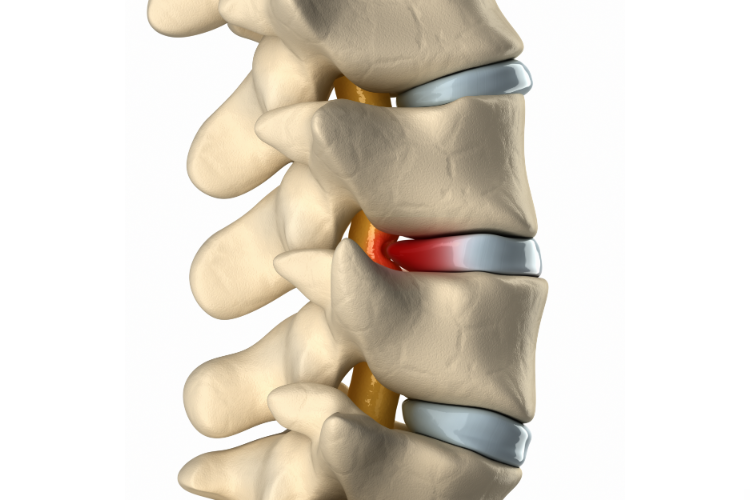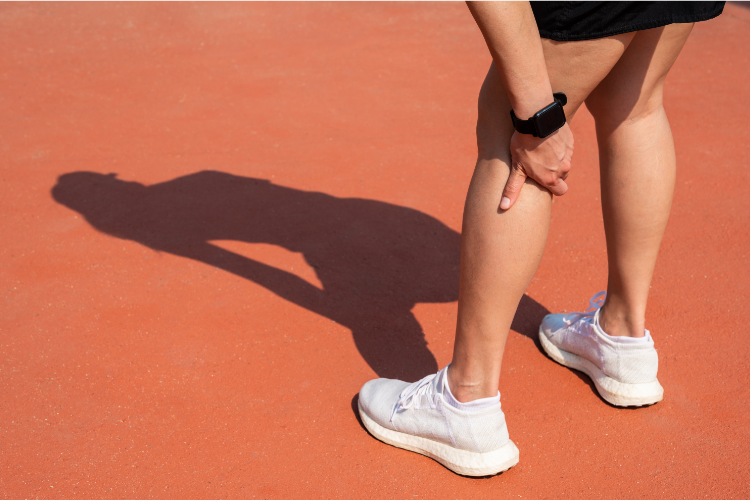So you’re interested in easing your back pain? You’re not alone. We see patients on a regular basis who suffer from it. In fact, Georgetown University states that over 16 million individuals in the U.S. have back pain.
If you’re one of them, we encourage you to visit our chiropractor in Chelsea at Precision Spinal Care, also known as A Spine at Time. Furthermore, we want to shed some light on using yoga for back pain, especially considering the fact that this modality has shown to be effective, there might be other ways you can enhance your back pain relief. Is yoga one of those?
General Information About Yoga
First and foremost, you should know that yoga describes stretches geared toward enhancing both your physical and mental well-being. Some are slow movements/stretches while others are more fast-paced. Two prime examples are Vinyasa (fast) and Hatha (slow).
No matter what type of yoga you participate in, the purpose of it is to stretch the body. In most cases, you’ll also focus on your breathing, which helps establish different levels of consciousness. The increased oxygen is good for your brain, lungs, and heart, and it’s also beneficial to ease stress.
Yoga’s Effect on Back Pain
While it’s clear that yoga may have some benefits, you may be curious as to what other benefits it could have, specifically if it could help with back pain.
You should know that your back has a few muscle groups, three to be exact. These groups work together to provide back support. Although your back isn’t super flexible, what movement it does have, you want to retain. A prime example is the multifidus muscle, which provides support for the vertebrae.
With yoga, especially when you focus on stretches that work the area, you can work those muscles and the other soft tissue that makes up each muscle group. Ultimately, this means that yoga has the potential to stretch all of these. The movements then draw more blood to the area to promote healing.
We should note that the stretches can help with your posture. As a result, when you’re sitting and even standing, you’ll put less stress on your lower back, which can ease your pain at the end of each night.
Additionally, yoga increases flexibility and can reduce inflammation. When you perform yoga, you also decrease stress levels. As you reduce your stress levels, you’re easing up on the tension you’re placing on your muscles. This can even have an impact on how you perceive pain.
What Studies Show
So does research support the use of yoga for back pain?
Fortunately, a study published by Harvard Medical School shows that yoga may benefit people who have arthritis, fibromyalgia, and lower back pain in general.
You’ll also find that studies indicate yoga can help with mobility and pain relief.
Safety & Considerations
For the most part, yoga is considered safe for most healthy people. However, it does have the possibility of increasing pain in some people since it can lead to small tears in the soft tissue — known as microtears.
Some people may not be able to participate in yoga safely if they have certain medical conditions.
To ensure your safety, a chiropractor in Chelsea, MI, from our practice will thoroughly evaluate you.
Based on the results, our practitioner can determine if the treatment is safe for you or not.
If you can’t partake in all forms of yoga safely, we’ll provide you with advice on which forms are most suitable for you, such as slower yoga styles. We can also supply you with insight into what you can do to ease your pain.
As you can see, yoga may have an impact on your back pain. However, not everyone experiences the same results, and for some, it can make the pain worse. When you visit a Chelsea chiropractor from Precision Spinal Care, we can provide you with customized advice.
Call us today at 734-433-9564 for an appointment. You can also use our convenient online form.




